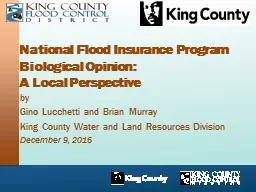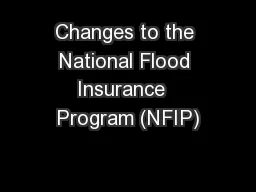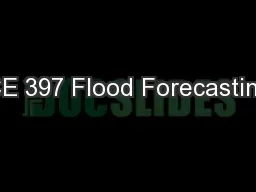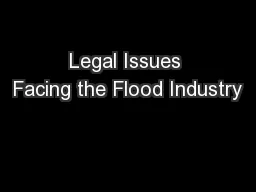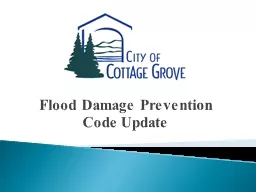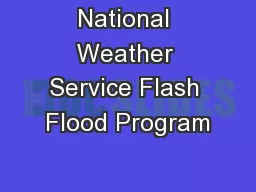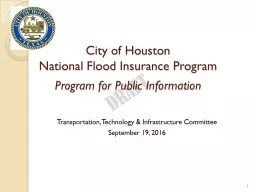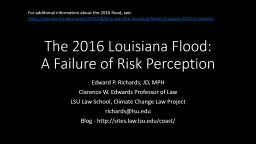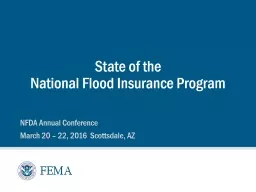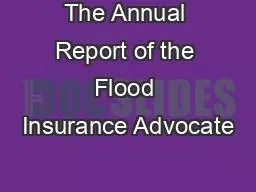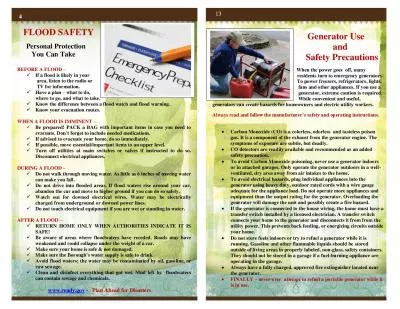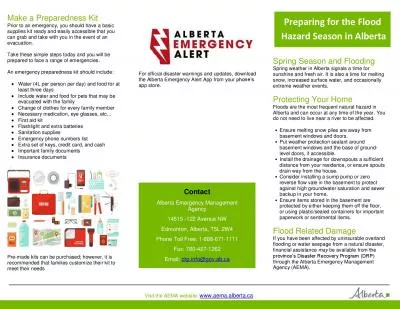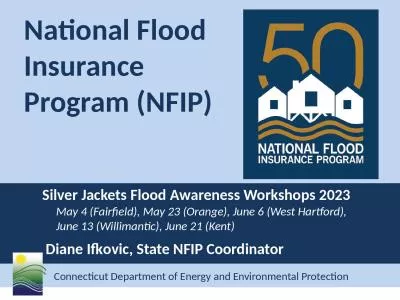PPT-National Flood Insurance Program Biological Opinion:
Author : fluental | Published Date : 2020-08-05
A Local Perspective by Gino Lucchetti and Brian Murray King County Water and Land Resources Division December 9 2016 Presentation Overview The ESA 2Step Whats
Presentation Embed Code
Download Presentation
Download Presentation The PPT/PDF document "National Flood Insurance Program Biologi..." is the property of its rightful owner. Permission is granted to download and print the materials on this website for personal, non-commercial use only, and to display it on your personal computer provided you do not modify the materials and that you retain all copyright notices contained in the materials. By downloading content from our website, you accept the terms of this agreement.
National Flood Insurance Program Biological Opinion:: Transcript
Download Rules Of Document
"National Flood Insurance Program Biological Opinion:"The content belongs to its owner. You may download and print it for personal use, without modification, and keep all copyright notices. By downloading, you agree to these terms.
Related Documents

